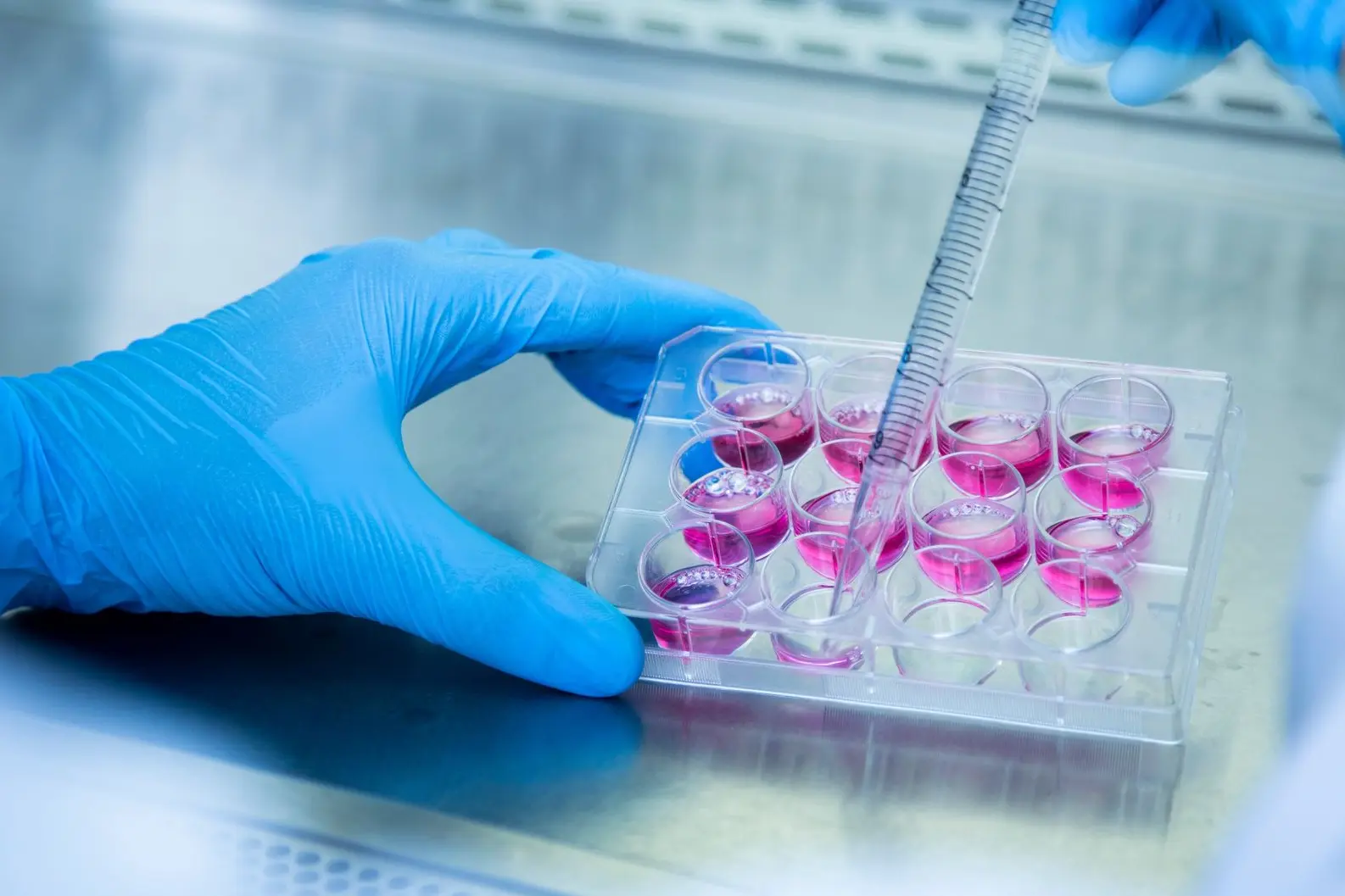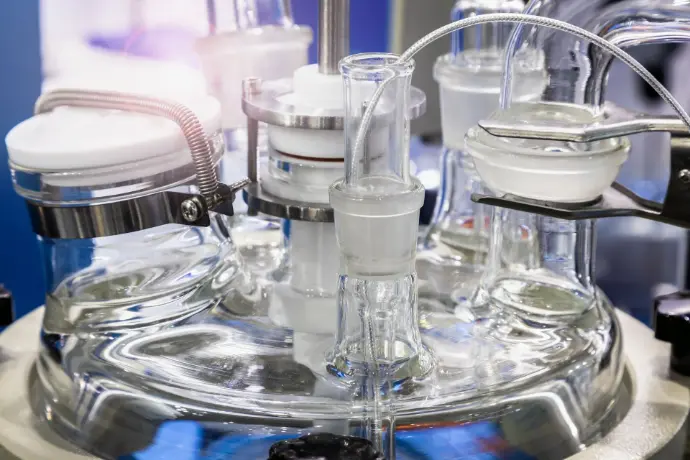Cell Regulation in Modern Biology
So, when we talk about cell regulation, we're diving into how cells control various processes that keep them functioning properly. This includes everything from their growth to how they respond to their environment.
In a nutshell, these fields—genomics, transcriptomics, proteomics, metabolomics, and epigenetics—are like different lenses through which we can view the complexity of life at a molecular level. Each discipline offers unique insights that help us understand how living organisms function and how they respond to their surroundings. Whether it’s mapping out the all-important DNA sequence or analyzing the microscopic behavior of proteins and metabolites, these areas of study are paving the way for advancements in health, medicine, and biotechnology. So, if you’re ever pondering how life operates on such a tiny scale, remember these five key areas—they're the building blocks of biological research!
Now, when we look at fields like genomics, transcriptomics, proteomics, and metabolomics, each one studies different levels of cell function:
Genomics
Alright, let’s kick things off with genomics. This field is all about DNA—the blueprint of life. You can think of it as the ultimate instruction manual that tells a cell how to build itself and function properly. Genomics dives deep into studying the genes, their sequences, and what they do. By understanding genomics, scientists can learn how different genes contribute to everything from traits we inherit to various diseases. It’s essentially the starting point for understanding biology at the molecular level.
Transcriptomics
Next up is transcriptomics, where the focus shifts from DNA to RNA. Once DNA hands off its instructions, RNA steps in to relay those messages so proteins can be created. You can picture it like a messenger service: it’s crucial for delivering the right info at the right time. Transcriptomics helps scientists figure out which genes are active at any moment and how they respond to different internal and external cues. Understanding this dynamic can lead to insights into everything from how cells adapt to stress to how they develop into specific tissues.
Proteomics
Now,
let’s talk about proteomics. This area dives into proteins—the real MVPs of the
cell. While DNA and RNA play vital roles in providing instructions and carrying
messages, proteins are actually the ones getting things done. They perform a
ton of essential functions, from building cellular structures to facilitating
biochemical reactions. By studying proteomics, researchers can analyze the
different proteins present in a cell and understand how their functions
contribute to overall health and disease. It’s like getting a backstage pass to
see who’s really playing the instruments in the biological symphony.
Metabolomics
Then we have metabolomics, which looks at the metabolites—those small molecules that are the byproducts of all that cellular activity. Think of metabolites as the result of the business going on inside the cell; they can tell us a lot about how things are running. By analyzing these small compounds, scientists can gain insights into various metabolic processes and how they’re influenced by factors like diet, environment, and disease states. It’s a window into the metabolic heartbeat of the cell.
Epigenetics
Lastly, we can’t forget about epigenetics. This field is super fascinating because it shows that there’s more to gene expression than just the DNA sequence. While genomics looks at the actual genetic code, epigenetics examines how different factors—like environmental influences or lifestyle choices—can affect gene activity without altering the DNA itself. Imagine having a dimmer switch for your lights; you can adjust how bright they shine without swapping out the bulb. This is exactly how epigenetics works. It’s all about understanding how genes are turned on or off based on the surrounding environment, stress, and other variables.
Why Epigenetics is a Game Change
Now,
you might wonder why epigenetics stands out as the “superior way” when it comes
to optimizing bioprocesses.
In a nutshell, while genomics, transcriptomics, proteomics, and metabolomics each provide valuable insights into cell functioning, epigenetics gives us a clearer picture of the dynamic regulation of cells without altering their fundamental structure. It’s about understanding what’s happening on the surface, and that knowledge can be powerful for optimizing processes in various biological applications.
Rapid Insights
Epigenetic changes can occur relatively quickly compared to genetic
mutations, making it easier to see how cells adapt to changes in their
environment.
Cost-Effective
Researching and applying epigenetic principles can often be less expensive than developing entirely new strains of organisms through traditional genetic engineering.
Predictive Capabilities
By understanding epigenetic factors, scientists can predict how cells might respond under certain conditions, which is incredibly valuable for industries like pharmaceuticals, agriculture, and biotechnology.


